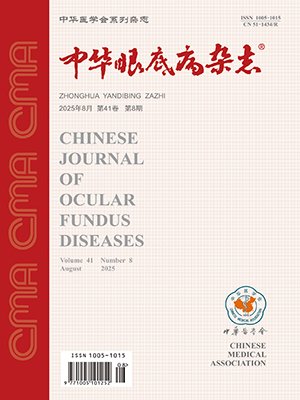Objective To observe the changes of amplitude and latency of mini visual evoked optential (mini VEP) examinations in infants at different age.Methods A total of 84 healthy infants and adults (168 eyes) were randomly selected to underwent mini VEP. According to the age, all the individuals were divided into seven groups: A, 0-3 months; B, 4-6 months; C: 7-12 months; D: 1-3 years; E: 4-6 years; F: 7-12 years; G: adults (control). There were 12 individuals (24 eyes) in each group. By using the stimulater of mini VEP, the flash VEP was performed and the changes of amplitude and latency of P100 wave were recorded and analyzed.Results The average value of amplitude in group A was(7.39 plusmn;1.79) mu;V which was the lowest, and the average latency was (137.45 plusmn;7.64)ms which was the largest.At the same time, the average amplitude of P100 increased from group A to E (F=359.56); the average latency decreased from Group A to D(F=326.64); the difference was significant (P<0.01). The amplitude in group E, F, and G was high and no significant difference was found (F=2.39,P>0.05);the latency in group D,E,F,and G was short with no significant difference (F=2.64,P>0.05).Conclusions With the growth of the infants' age, the amplitude of miniVEP increases and latency decreases; moreover, the latency reaches the normal adult level in advance of the amplitude of miniVEP.
Citation: 周炼红,朱祥祥,邢怡桥,易莲芳,王炯,吴丽. Mini visual evoked optential in infants during their sensitive period of visual development. Chinese Journal of Ocular Fundus Diseases, 2009, 25(6): 440-442. doi: Copy
Copyright © the editorial department of Chinese Journal of Ocular Fundus Diseases of West China Medical Publisher. All rights reserved




